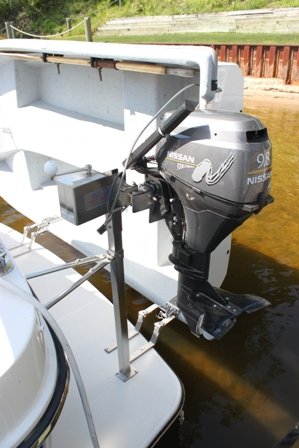Conrad
Guru
- Joined
- Oct 19, 2007
- Messages
- 1,972
- Location
- Canada
- Vessel Name
- Blue Sky
- Vessel Make
- Nordic Tugs 42 Hull #001
We are in the process of ordering a 10' Livingston dinghy for Blue Sky, and will also need to source a set of oars. Livingston says it needs 7' oars so that is a start.
But beyond that, we have never actually purchased oars before, as whatever dinghy we had always came supplied. So perhaps there is an opportunity to do better?
We primarily row around the quiet coves in either exploration mode or get to shore mode; no long distance rowing particularly.
Any thoughts on a good set of oars? Birch? Spruce? Aluminum? Carbon fibre?
Good makes?
But beyond that, we have never actually purchased oars before, as whatever dinghy we had always came supplied. So perhaps there is an opportunity to do better?
We primarily row around the quiet coves in either exploration mode or get to shore mode; no long distance rowing particularly.
Any thoughts on a good set of oars? Birch? Spruce? Aluminum? Carbon fibre?
Good makes?


